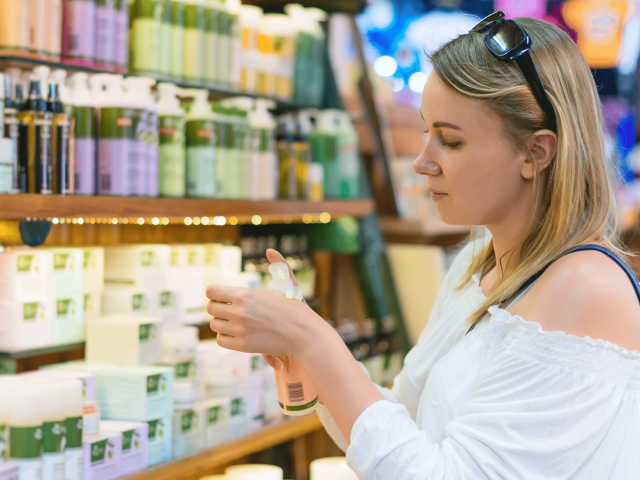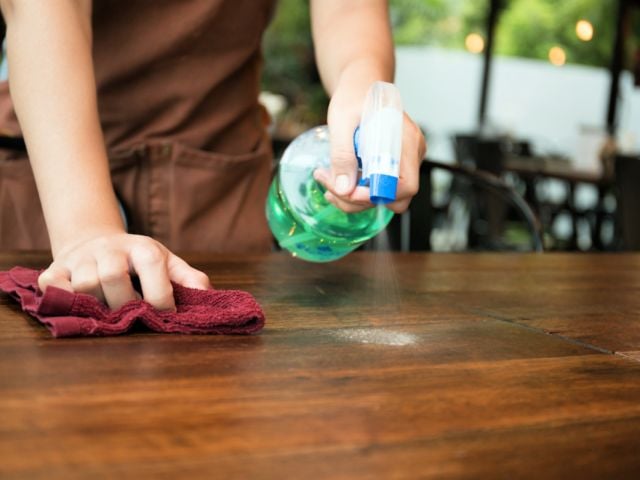
Is the SPF number one of the first things you look for on a sunscreen label?
SPF, or Sun Protection Factor, indicates how well a sunscreen blocks out some of the sun’s harmful rays. The number refers to how much longer you can stay in the sun before burning than you could with no sunscreen.
But this popular number isn’t all that it’s cracked up to be. Here are four myths that might be putting your family at risk – and tips for finding the right numbers for you.
Myth #1: The higher the SPF, the more time you can spend in the sun.
It’s a common misconception that high SPF values protect skin longer than low ones. In fact, high SPFs provide only a marginal increase in sunburn protection, along with a false sense of security.
Tip: Regardless of SPF, you still need to reapply sunscreen at least once every two hours, and more frequently if your skin gets wet.
Myth #2: Go big! There’s no downside to a high SPF.
On the contrary: Sunscreens with higher SPF values have higher concentrations of chemicals that can disrupt hormones, trigger allergic reactions or damage skin. They may also contain SPF boosters that simply mask the signs of damage caused by ultraviolet (UV) rays, rather than protect you from it.
Tip: Stick with moderate numbers. SPFs of 30 to 50 are enough for even very pale skin.
Myth #3: A sunscreen’s SPF protects you from all harmful UV rays.
Not so. SPF only measures your protection from sunburn caused by UVB rays. In the United States, many sunscreens offer weak protection from the sun’s UVA radiation, leaving skin vulnerable to less obvious damage.
Tip: Don’t use sunscreen as your only line of defense. Cover up with protective clothing, wear sunglasses and hats, stay in the shade and avoid midday sun.
Myth #4: You can count on the SPF protection listed on the label.
Nope. Manufacturers set SPF values based on using far more sunscreen than people apply in real life. If you apply a thin coat of SPF 30, your actual sunburn protection could be less than SPF 5 – making the sunscreen less effective than a cotton T-shirt.
Tip: An adult in a bathing suit needs about an ounce of sunscreen to properly cover skin. Kids need a coat that’s just as thick.
To find the right sunscreen for your family, visit EWG’s Guide to Sunscreens and check out our worst-scoring and best-scoring sunscreens for kids.



